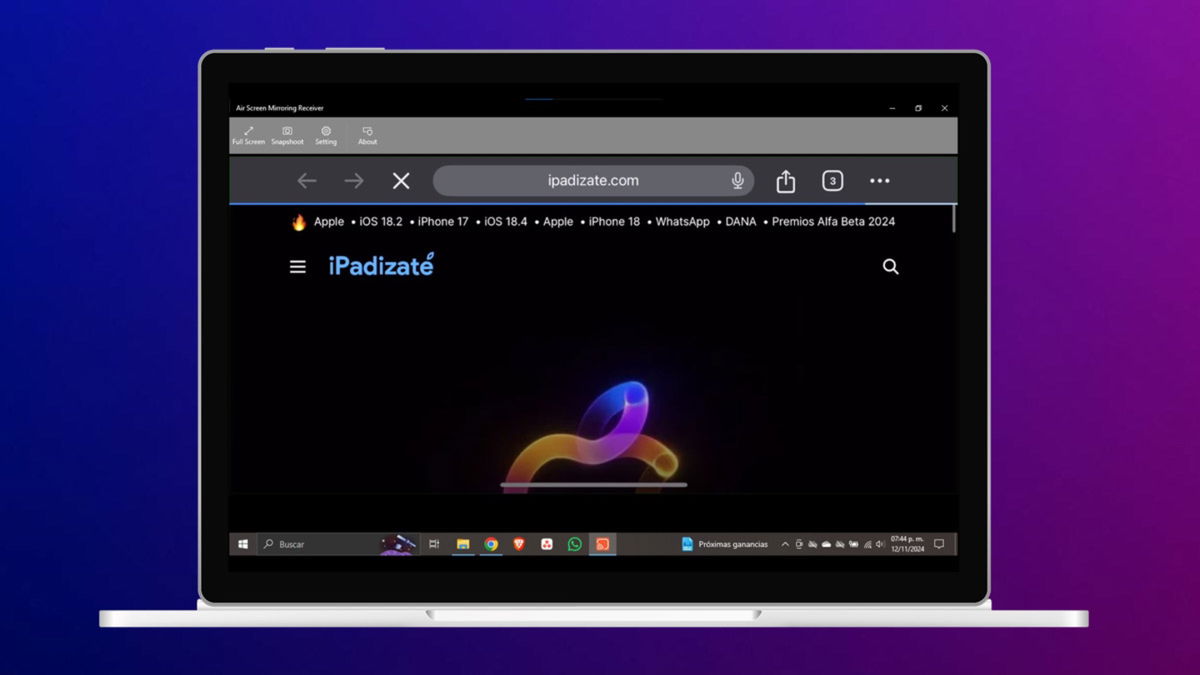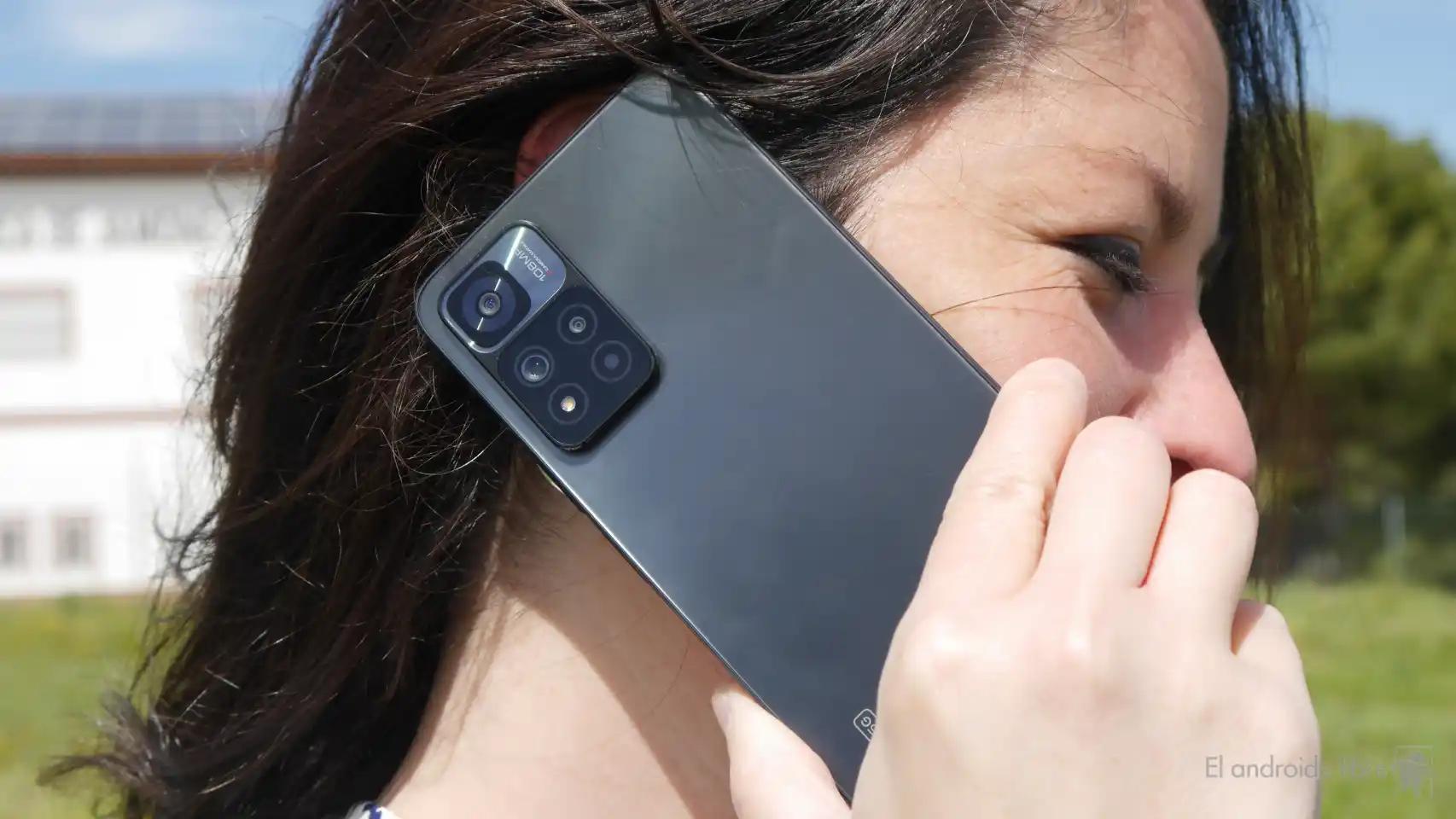Apple has never stood out in the gaming world on its macOS-based laptops or desktops, and has rarely been at the center of gaming news.
The company stopped updating the old OpenGL graphics engine a long time ago. While Metal is really powerful, Apple hasn’t bothered to make sure the environment is most likely to run Vulkan or Direct3d APIs.
In a way, this is understandable, as top-selling Macs have had poor graphics performance due to Intel’s integrated graphics chips. But now that these have been replaced by Apple’s M1 Silicon, in-game graphics will be something else.
We’ve already seen how the M1’s GPU outperforms graphics cards like the GeForce 1050 Ti and Radeon RX 560, and isn’t far behind newer cards like the GeForce 1650 Max-Q and Radeon 5500M.
Apple still has a long way to go to catch up with graphics cards like the Radeon RX 5700 XT, which you can get in a 27in iMac, but you no longer need an eGPU to play newer, heavier titles. on a 13-inch MacBook Air or MacBook.
What games run on a Mac with an M1 chip?
If you don’t want to go into the search for the compatibility of compatible titles and games, we can offer you an interesting place like Thomas Scharanz, manzanasilicongames.com where all the games tested by itself and others are listed.
In most cases, the table shows how the game was installed (Steam, App Store, etc.), whether it was optimized for the ARM architecture, or whether it works through Rosetta (or Crossover) and on which model the computer was tested.
Many also list the graphics frame used by the game (OpenGL or Metal), the resolution used by the tester, the number of fps the computer can handle and the graphics settings used.
It’s a great way to avoid having to experiment with different resolutions and settings to find the optimal balance between decent graphics and a playable refresh rate. Fortnite goes almost as fast in 4k resolution as it does in 1080p.
Over time, we’ll get a better idea of which graphics settings tend to slow down games on Apple chips, and which ones can maximize.
Different GPU architectures are optimized for different things and something that is demanding for one may be simple for another (and vice versa). Much like Apple seems to have optimized the M1 processor to quickly expand compressed zip files.
The GPU can be optimized for things for which more traditional AMD and Intel graphics chips are not optimized. Higher resolution, for example, seems to affect speed to a lesser extent than expected, while other settings degrade performance more than usual.
If you are trying another game or just want to try it out for yourself, we can recommend that you try it systematically. For example, select a medium graphics setting and try different resolutions.
Then go to high settings and try again with the same resolution and so on. If the same resolution as the screen is slow, you can try turning off anti-aliasing; sometimes 2,560 x 1,600 pixels (used on 13-inch Apple displays) work without antialiasing faster than 1,280 x 800 with ditto enabled, and look better.
Windows games
Many gaming-loving Mac users have given up on hopes that Macs will ever have a gaming offering that matches Windows. These users could at least boot their Macs into Windows through Boot Camp when they wanted to play games.
Since Boot Camp is no longer available on M1 Macs, this is no longer an option. Many games will no longer be playable on Mac.
So the only option for Macs used by Windows gaming fans is to use
This requires at least Mac OS 11.1 (which is still in beta at the time of writing), but it already works with some games like The Witcher 3 and older classics that no longer work on macOS like Diablo 2.
Craig Federighi recently said that if it was Microsoft’s wish, Apple would not prevent the ARM version of Windows 10 from running on newer Macs. But for games, it won’t help: Windows game developers won’t be rushing for the redesign. their sets for ARM chips.
The immediate future
The M1 is Apple’s first generation of Mac processors, and we look forward to what the M2 or M1X (or whatever the name is) will be able to achieve in the 16-inch MacBook Pro and iMac.
Graphics cards naturally have a high degree of parallelism, and Apple can probably easily connect two or more times the GPU cores. For high resolution displays, memory will also play a role. Hopefully the more powerful can be expanded to 32GB or 64GB of internal memory.
One development that may encourage the migration of more games to macOS is the success of the project MoltenVK. It is an open source project that forms a bridge between Apple’s Vulkan and Metal graphics.
Today it is almost 100% compliant with Vulcan 1.1. A few years ago there was a lack of support for several important features used by game developers, but most have now been fixed.
The main games that already use Vulkan on the Windows side are, for example, Red Dead Redemption 2 and the modern Doom series.
Until now, many game developers have not had the incentive to develop Mac versions, as the vast majority of Apple Macs sold simply did not have the graphics potential to run the games.
But with Apple Silicon, the game plan is changing and in a few years there will undoubtedly be a larger base of potential customers interested in computer games, as is the case with Windows.
The fact that developers can no longer rely on the capabilities of Boot Camp means that many game developers are now having to recharge their batteries to satisfy this large segment of Mac users.
Take a look at the article from the best video games for Mac.
This article was published by Anders Lundberg and igamesnews Sweden.
.











